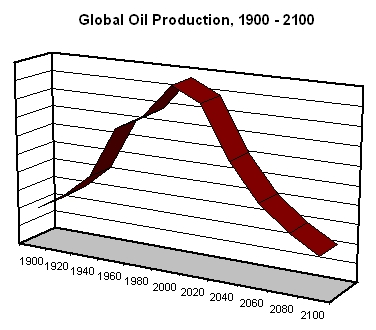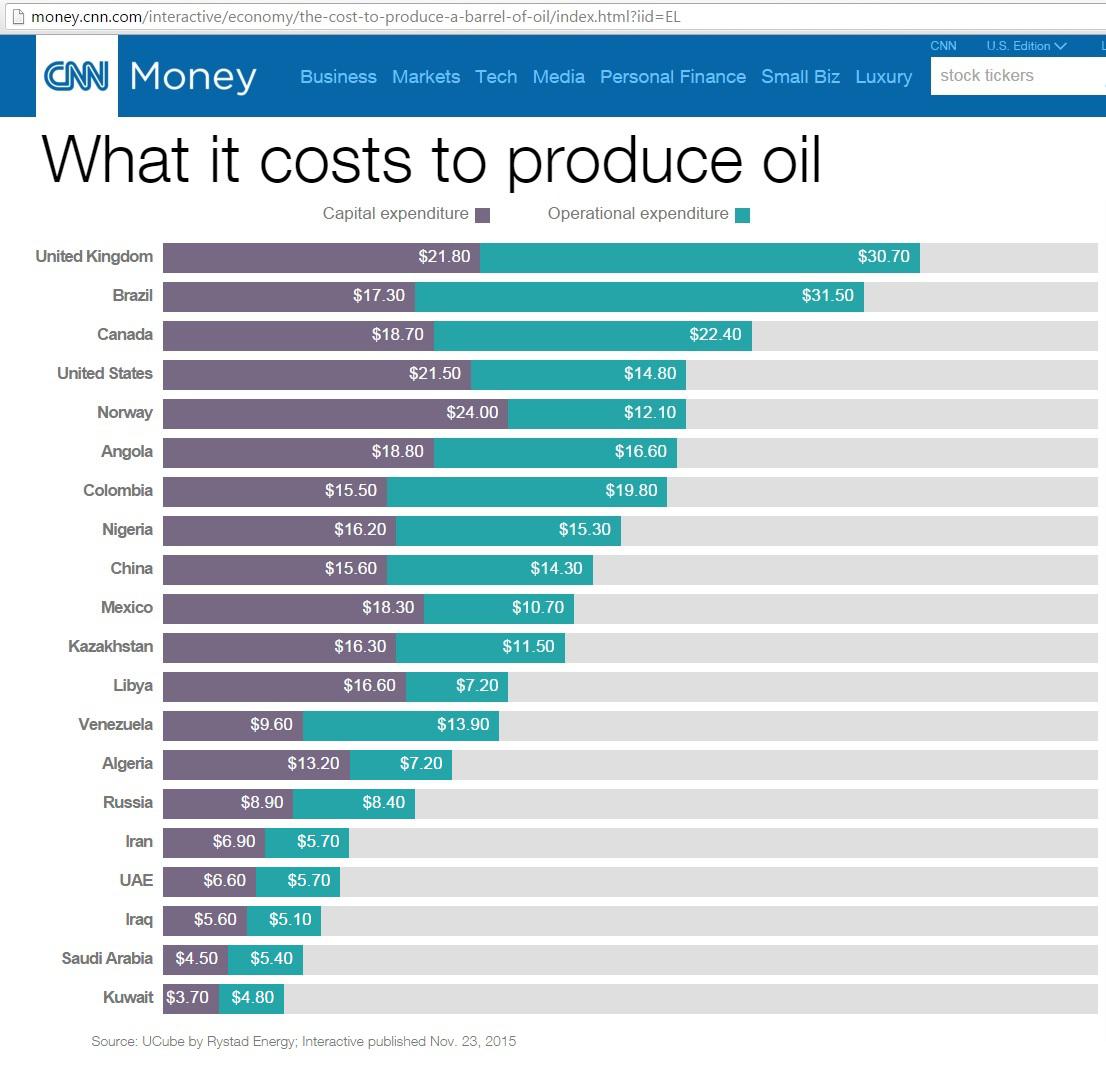


In 2020, operators spent one-third less than planned at the start of the year (and 30% less than in 2019). At the same time, the historic collapse in demand in 2020 resulted in a record 9 mb/d spare production capacity cushion that would be enough to keep global markets comfortable at least for the next several years.Īgainst this backdrop, it is hardly surprising that upstream investments and expansion plans have been scaled back. The Covid-induced demand shock and a shifting momentum towards investment in clean energy are set to slow the expansion of the world’s oil production capacity over our six-year forecast period. Ethane, LPG and naphtha together account for 70% of the projected increase in oil product demand to 2026. The petrochemical industry remains a pillar of growth over the forecast period. Aviation fuels, the hardest hit by the crisis, are expected to slowly return to 2019 levels by 2024, but the spread of online meetings could permanently alter business travel trends. Gasoline demand is unlikely to return to 2019 levels, as efficiency gains and the shift to electric vehicles eclipse robust mobility growth in the developing world. The speed and depth of the recovery is likely to be uneven both geographically and in terms of sectors and products. OECD demand, by contrast, is not forecast to return to pre-crisis levels. Asian oil demand will continue to rise strongly, albeit at a slower pace than in the recent past. Oil demand in 2025 is set to be 2.5 mb/d lower than was forecast a year ago in our Oil 2020 report.Īll of this demand growth relative to 2019 is expected to come from emerging and developing economies, underpinned by rising populations and incomes. This would represent an increase of 4.4 mb/d from 2019 levels. As a result, by 2026, global oil consumption is projected to reach 104.1 mb/d.
Historical oil production by country drivers#
In the absence of more rapid policy intervention and behavioural changes, longer-term drivers of growth will continue to push up oil demand. In 2020, the start of our forecast period, oil demand was nearly 9 mb/d below the level seen in 2019, and it is not expected to return to that level before 2023. Global oil demand, still reeling from the effects of the pandemic, is unlikely to catch up with its pre-Covid trajectory. But if this leads to a shortfall in investment, it could also have geopolitical implications and heighten the risk of supply shortages later on. These forces are creating a dilemma for oil-producing countries and companies that are reluctant to leave resources in the ground or build new capacity that could sit idle. The outlook for oil demand has shifted lower as a result of these trends, raising the prospect of a peak sooner than previously expected if governments follow through with strong policies to hasten the shift to clean energy. At the same time, more and more governments are focusing on the potential for a sustainable recovery as a way to accelerate momentum towards a low-carbon future. The pandemic has forced rapid changes in behaviour: from new working-from-home models to cuts in business and leisure air travel. And yet, there may be no return to “normal” for the oil market in the post-Covid era. The staggering inventory surplus that built up last year is being worked off and global oil stocks, excluding strategic reserves, will return to pre-pandemic levels in 2021. The global economy and oil markets are recovering from the historic collapse in demand caused by the coronavirus (Covid-19) pandemic in 2020. The report provides a comprehensive outlook for global supply and demand through 2026 and explores some of the challenges and uncertainties that lie ahead.

Oil 2021 tackles these questions by analysing oil market data, trends in investment and government policies. Could oil demand peak sooner than expected? Or is the world heading into a supply crunch? What will the implications be for the refining industry and trade flows?
Historical oil production by country install#
This is forcing hard decisions on oil-producing countries and companies, which are reluctant to leave resources untapped or to install new capacity that would only sit idle. Rapid changes in behaviour from the pandemic and a stronger drive by governments towards a low-carbon future have caused a dramatic downward shift in expectations for oil demand over the next six years. Oil 2021, the IEA’s latest medium-term outlook, explains why. World oil markets are rebalancing after the Covid 19 crisis spurred an unprecedented collapse in demand in 2020, but they may never return to “normal”.


 0 kommentar(er)
0 kommentar(er)
